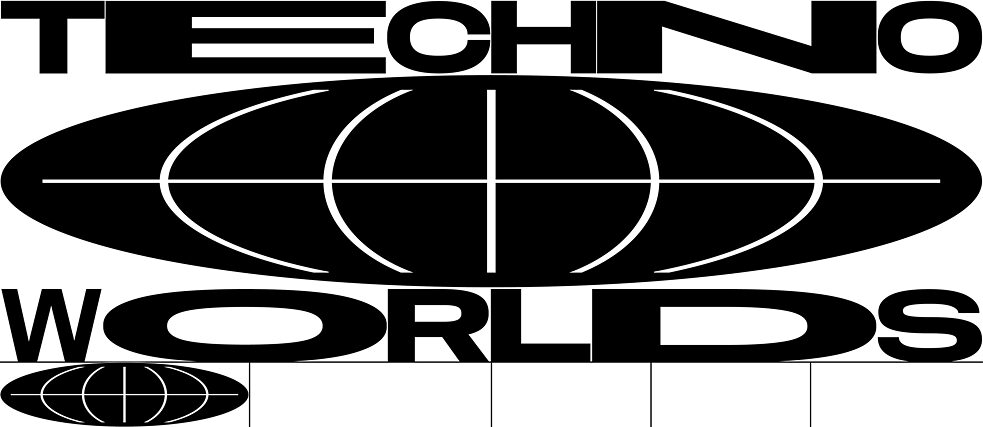Beyond the Berlin-Detroit Axis
A Transatlantic Love Affair

Heiko Hoffmann explains how collaborations between early electronic musicians on either side of the Atlantic laid the groundwork for the techno boom that would follow the fall of the Wall.
By Heiko Hoffmann
Collaborations between German and US electronic music artists had already existed before the '90s. Munich-based Italian producer Giorgio Moroder famously created a blueprint for electronic dance music still used today when he collaborated with US singer Donna Summer on their 1977 Euro-Disco milestone, I Feel Love. In the early '80s, there was significant exchange between the underground No Wave scenes in Berlin and New York, and NYC DJs, such as Paradise Garage resident Larry Levan, helped make German proto-house tracks like Manuel Göttsching’s E2-E4 dance floor classics. Kraftwerk influenced an entire generation of American hip-hop, house, and techno artists with their pioneering productions, but it was only through African-American DJs and audiences in New York, Chicago, and Detroit that Kraftwerk realized that they were making dance music. This led them to ask NYC DJ and producer Francois K for their first remix back in 1983.
After the Berlin Wall fell in 1989, abandoned spaces and buildings were soon filled with new life in the form of clubs, bars, galleries and studios. Berlin became the epicenter of a new nightlife culture that resounded across the world. However, Berlin and its scene from 1989 onwards did not mark the beginning of techno – the first tracks to define the sound of techno had already been released a few years earlier by African-American producers in Detroit. The original temples of DJ culture were clubs like Paradise Garage (1976-87) in New York and Warehouse (later Muzic Box, 1977-87) in Chicago. And as early as the summer of 1988, a new rave culture was developing in London and Manchester via Ibiza, which would also shape Berlin’s nightlife. At the same time, party series like Tekknozid and clubs like Ufo, Tresor, and Planet after the fall of the Berlin Wall can be retrospectively interpreted as the big bang of the first shared culture between East and West and as what paved the way for the last and biggest expression of European youth culture.
Starting in December 1989, pioneering house and techno records from Chicago and Detroit were imported to the Berlin DJ scene by the record store Hard Wax, located on the ground floor of a building on Reichenberger Straße in Kreuzberg. In 1991, Berlin’s first techno club, Tresor, opened its doors, and both Hard Wax and Tresor became (and remain) crucial points of connection between Detroit and Berlin scenes.
Artists who were already part of Berlin’s post punk and New Wave scene – such as Thomas Fehlmann and Moritz von Oswald (under their 3MB moniker) – recorded with Detroit techno artists Juan Atkins and Eddie Fowlkes, while Inga Humpe's Ingator track, Skysratch, was remixed by Underground Resistance. It was the latter group – consisting of African-American artists Mike Banks, Jeff Mills, and Robert Hood – that also prompted the creation of Tresor records, with their track, Sonic Destroyer, as the first release on the club's label. In the early years, the label focused on records from Detroit and Berlin producers – their second compilation had the subtitle, “Berlin Detroit - A Techno Alliance,” featuring tracks from 3MB, UR, Dr. Motte, and Maurizo, among others. Maurizio (along with Basic Channel and Mainstreet) was one of several joint imprints by 3MB's Moritz von Oswald and Hard Wax owner Mark Ernestus. For their '90s releases, they collaborated closely with Detroit techno producers like Carl Craig, but they also asked Chicago house artists Ron Trent and Chez Damier for a remix.
Beyond the Berlin-Detroit axis, several other German and US house and techno artists worked together and asked each other for remixes, including Frankfurt labels Logic, Harthouse, and Playhouse, while producers, such as Ian Pooley from Mainz, or Munich’s DJ Hell, also established close ties with producers in Chicago and Detroit that let to a stream of joint releases.
These collaborations in the 1990s – and many more – established musical partnerships between individuals, scenes, cities, and countries that live on to this day. As Underground Resistance’s Mike Banks said in an interview almost 30 years ago: "Techno, to me, is the one music that is truly a global music."
Please follow the link below for Heiko Hoffman's annotations on each track of this playlist.